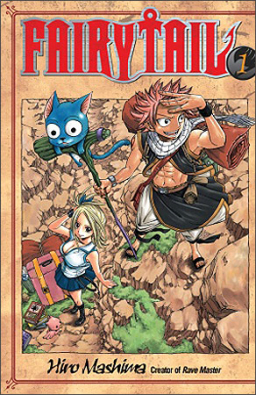Richard Carpenter and Robin of Sherwood
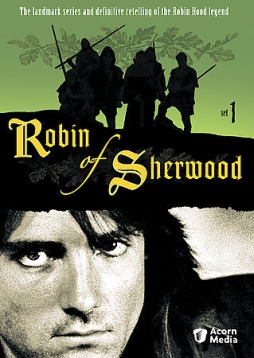 I read some bad news earlier this week: Richard Carpenter died. Carpenter, 78 at the time of his death on February 26, was an actor and television writer. He created several shows; he’s probably best known for his children’s series Catweazle, the animated Dr. Snuggles, and the show that I want to talk about here, the ITV-broadcast series Robin of Sherwood. It’s easily my favourite interpretation of the Robin Hood story, and perhaps my favourite filmed piece of sword-and-sorcery.
I read some bad news earlier this week: Richard Carpenter died. Carpenter, 78 at the time of his death on February 26, was an actor and television writer. He created several shows; he’s probably best known for his children’s series Catweazle, the animated Dr. Snuggles, and the show that I want to talk about here, the ITV-broadcast series Robin of Sherwood. It’s easily my favourite interpretation of the Robin Hood story, and perhaps my favourite filmed piece of sword-and-sorcery.
Robin of Sherwood ran from 1984 to 1986. Carpenter reimagined the story of Robin Hood from top to bottom, infusing it with magic, myth, and the politicised anger of youth. He also created a show that unobtrusively captured the late twelfth century with remarkable fidelity, both in its visual aspects like props and costumes, and also in its social hierarchies and habits of thought. The series ran for three seasons before its production company ran into financial problems. Some plot threads were ended prematurely, without resolution or real development. Carpenter’s observed that the ending as it is works well enough, and I can see his point. Still, I can’t help but wish that the show had gone a bit further.
As it is, Robin of Sherwood’s one of the best examples I can think of in any medium of how to reinterpret a legend. The fact that the re-interpretation was specifically as a fantasy drew me when I first saw it as a teen, but I think the fantasy wouldn’t have mattered if it weren’t for the way Carpenter made the fantasy elements harmonise with themes and elements already present in the Robin Hood tales. Carpenter’s Robin is the spiritual son of Herne the Hunter; Herne’s a god of the ancient and fearsome forest of Sherwood incarnated in a hermit-like shaman. Robin bears a magic sword called Albion, one of the Seven Swords of Wayland. He and his Merry Men (never called that in the show) encounter Templars, Kabbalists, a cursed village populated by ghosts, Satanists, and, in the first episode, an evil wizard. The famous silver arrow is a symbol of Saxon rebellion, a magical item representing freedom.
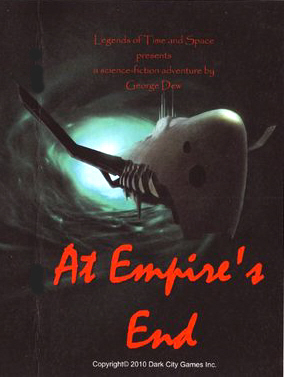
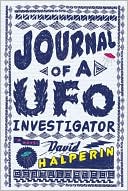 Journal of a UFO Investigator
Journal of a UFO Investigator 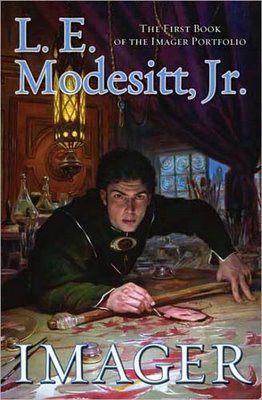
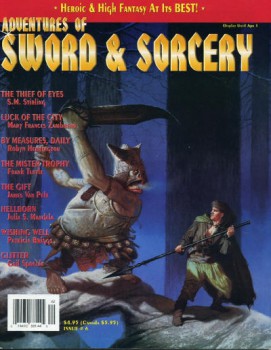
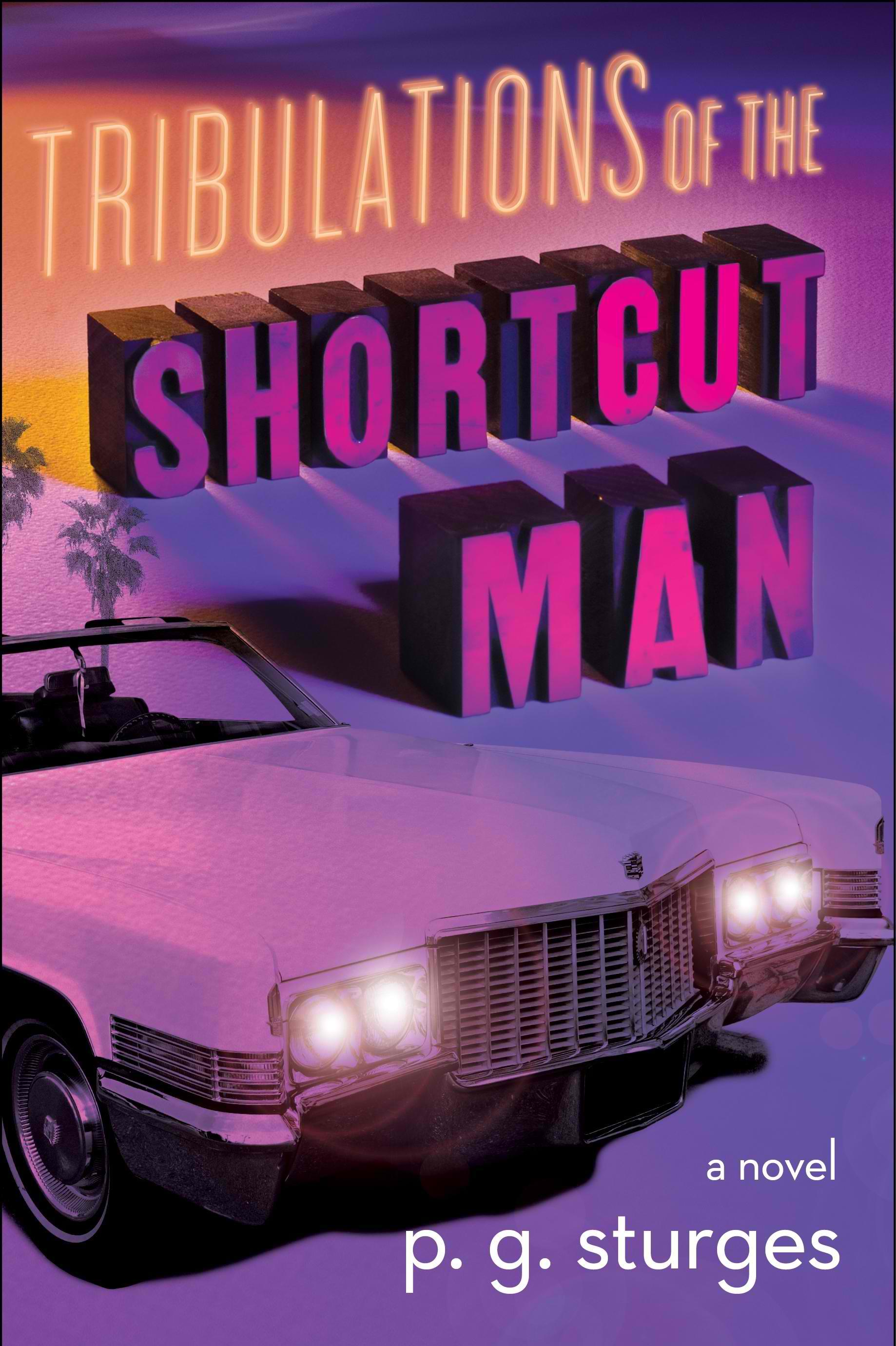

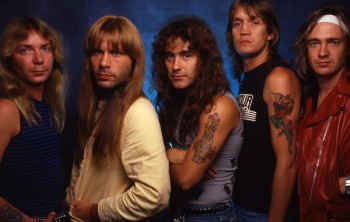
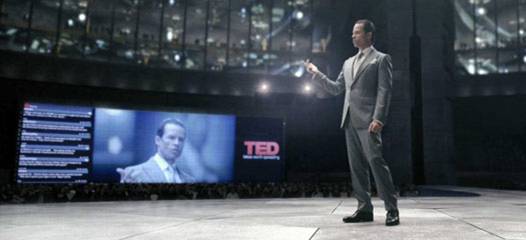
 The Enchantment Emporium
The Enchantment Emporium